Opinion
The Gray Market: Why Formal Education Is Overrated When It Comes to Dealing Art (and Other Insights)
Our columnist on the value of ethical hustling, a key wrinkle to art as an asset class, and the growth prospects of art-secured lending.
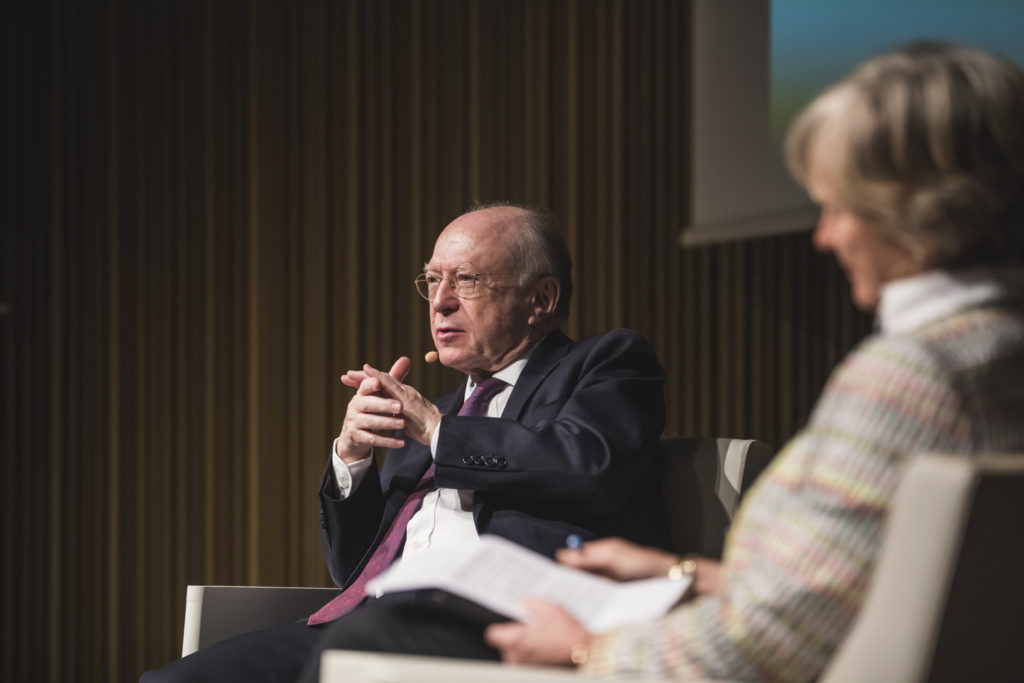
Our columnist on the value of ethical hustling, a key wrinkle to art as an asset class, and the growth prospects of art-secured lending.

by
Tim Schneider

Every Monday morning, artnet News brings you The Gray Market. The column decodes important stories from the previous week—and offers unparalleled insight into the inner workings of the art industry in the process.
This week, seeking enlightenment through benchmarks…
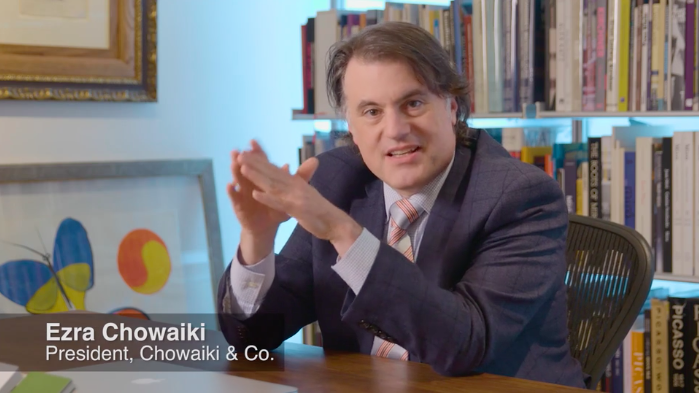
Chowaiki & Co. founder Ezra Chowaiki, recently sentenced to 18 months in prison for wire fraud.
On Friday, my colleague Eileen Kinsella relayed that former Park Avenue gallerist Ezra Chowaiki was sentenced to 18 months in prison for wire fraud. Chowaiki pleaded guilty to the charges in May, telling a judge that he defrauded clients (including mega-trader Helly Nahmad and Warhol muse “Baby Jane” Holzer) by selling works they owned without their permission and taking payment for pieces he never actually bought. He will also face three years of parole after serving his prison time, as well as relinquish his interest in more than 20 artworks and pay still-to-be-determined damages to his victims.
Like so many other con men, Chowaiki has a colorful history. Kinsella notes that “a 2009 lawsuit brought by a former gallery employee described the dealer as an ‘unsuccessful screenwriter’ and former ice cream salesman with ‘no formal education or expertise in art.’” Which is a useful characterization to put in front of a judge and jury if you’re trying to make a defendant sound like a fraudster rather than an honest broker. The problem is that it only works if the people you’re trying to convince don’t know much of anything about what success in the art industry actually looks like.
When it comes to people who had “no formal education or expertise in art” before they started stacking cheese as dealers, practically everyone in the art market knows about Larry Gagosian’s past as a former parking lot attendant and streetside poster salesman who never took an art history class. But he is hardly the only successful art seller with a backstory free of traditional preparation.
For a few others, consider…
And perhaps most appropriate of all in this case…
Obviously, I’m not trying to launch a #FreeEzra campaign here. I am, however, sticking up for the many gallerists and dealers out there making moves without blowing a small fortune on an MA in art business, curatorial studies, or any other industry-specific program.
Chowaiki’s unfitness as a dealer had nothing do with his lack of “formal education or expertise in art.” The problem was the giant, matter-sucking black hole hovering in the space that should have been occupied by his set of ethics. And the numerous examples of self-educated dealers stamping their seal on art history should remind us that institutionalized knowledge in this business is, fittingly, more important in theory than in practice.
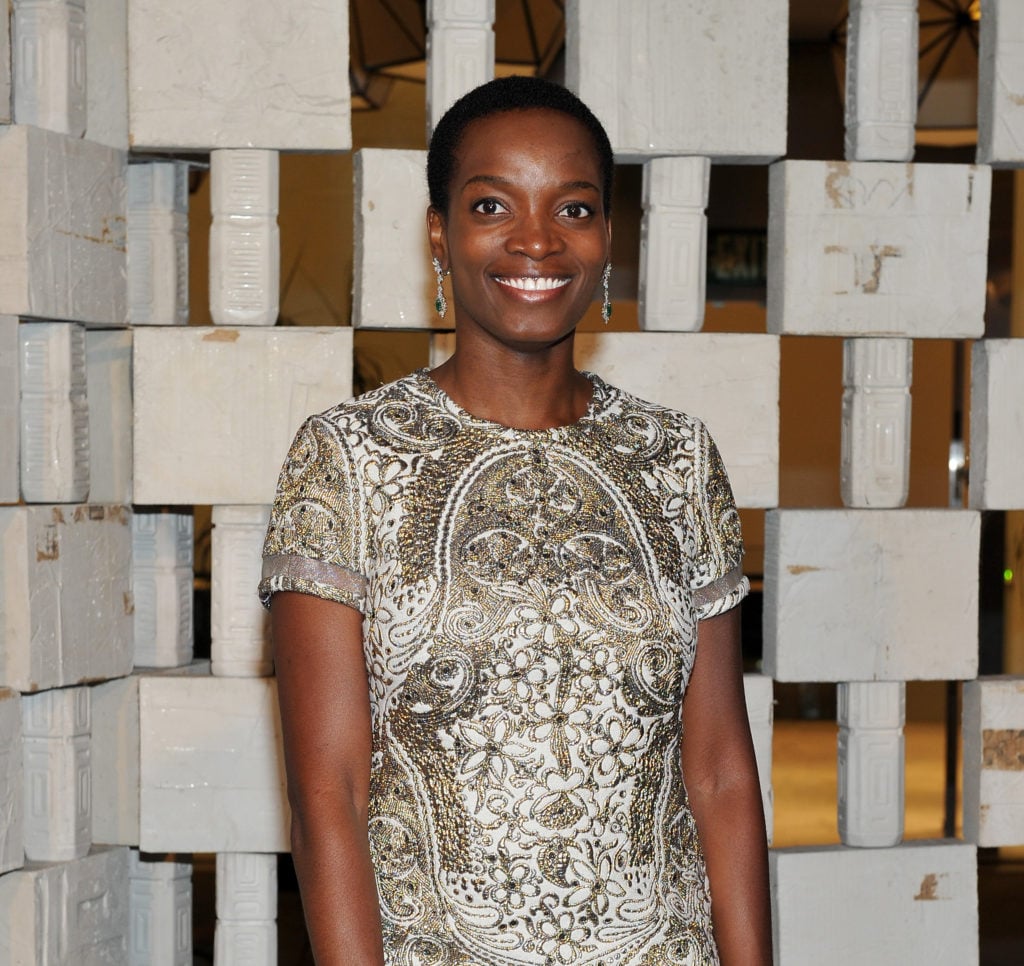
Artist Njideka Akunyili Crosby. (Photo by Donato Sardella/Getty Images for Hammer Museum)
Last Friday, Kelly Crow of the Wall Street Journal published an in-depth look at Njideka Akunyili Crosby’s unique journey to stardom—and the dangers of her work’s early and outsized success at auction. In the process, the piece also provides an entry point to a visible-but-still-underappreciated aspect of art economics: galleries’ incentives to privately place works with institutions and name collectors.
At the heart of Crosby’s drama is the ages-old dilemma faced by every young artist wafted into the air by a hot flash in the market: Supply and demand hike prices in the auction sector far faster than in the primary market, forcing gallerists and artists to navigate a growing chasm in expectations. As Crow puts it: “If bidders push up prices too quickly, [Crosby’s] gallery may not be able to persuade new buyers to pay similarly high amounts. That can gut an artist’s price levels permanently.”
To understand why, though, we have to understand that the “new buyers” in the quote above are different than the ones paying such lofty amounts for work at auction. Crosby and her gallerists prefer to place works directly with the likes of the Baltimore Museum of Art and esteemed collectors such as Don and Mera Rubell.
The “placement” phenomenon is old news in the art world, but I think we still tend to treat it as both too special and not special enough. Economists call any market that functions like this a matching market: one in which the buyer and seller have to mutually select each other for a transaction to happen.
The two most common examples of matching markets are the dating market and the job market. If the dude running the hot dog cart across the street from artnet wants to be in a relationship with Rihanna, it’s irrelevant unless she’s into the idea, too. If I wanted to write for the New Yorker, it would only matter if David Remnick also decided my oddball art market coverage should replace, say, the magazine’s annual slate of Bruce Springsteen content.
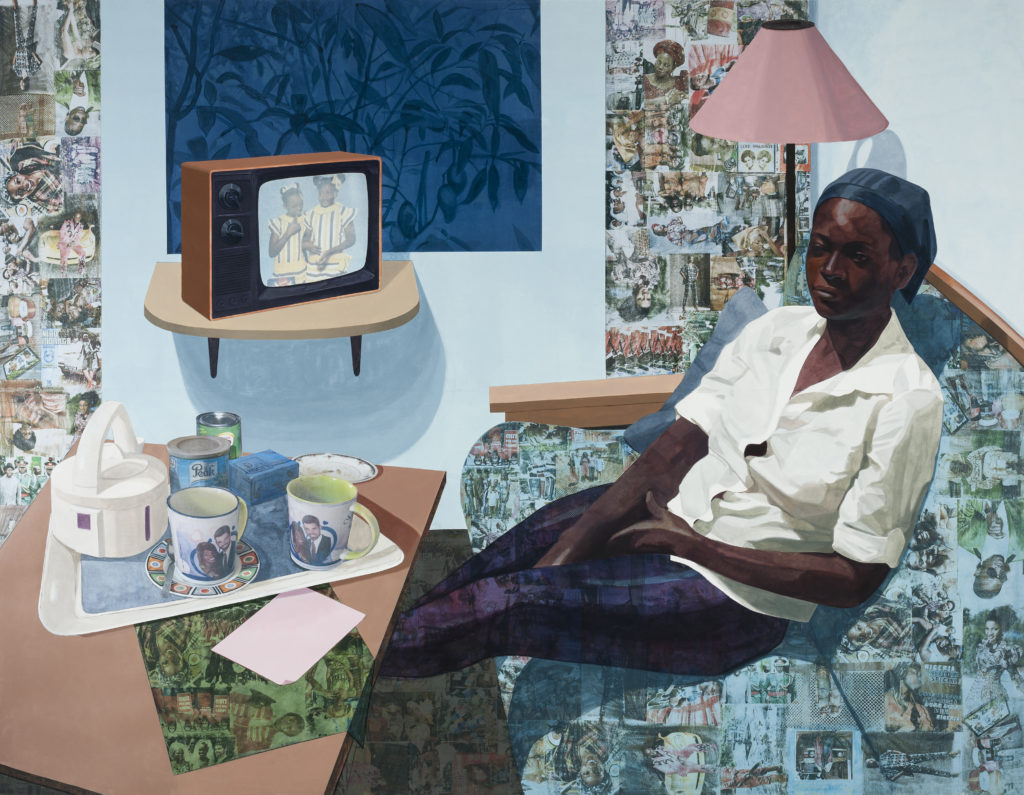
Njideka Akunyili Crosby,Super Blue Omo, 2016. Photo courtesy Victoria Miro.
Why does this matter? Because Crosby’s struggle against auction speculators owes to artwork’s ascension to the status of an “asset class”—but as far as I can tell, art is the only asset class subject to a matching market.
Think about it: Traders in the finance sector don’t care who the hell is on the other end of a sale for stocks, bonds, or commodities, as long as the wire payment hits in the right amount. Almost no homeowner is sentimental enough to quash a property deal over the buyer’s identity if the check gets fat enough.
Not even the original sellers in other collectibles markets tend to vet buyers at the first point of purchase. Are my net worth, social connections, and professional influence going to be probed before my local post office agrees to sell me a hot sheet of postage? What about the nearest comics shop if I want to cop a potentially historic new issue of Black Panther? Not even a luxury car dealership would consider turning me away with enough cash in hand.
And yet, the market for new art is different, despite the fact that these other items could also drastically appreciate in resale value.
To be clear, I’m not suggesting Crosby or her dealers are doing anything wrong by, as Crow mentions, selling new pieces to museums “for prices in the low six figures” while significant works at auction now regularly crack the low seven figures. In fact, they’re behaving very rationally within the system as it’s set up.
At the same time, let’s not lose sight of the strange quirks of the art market when we start throwing around references to asset classes and art “investment.” Because even though this game gets scored the same way as the others, its rules are very, very different.
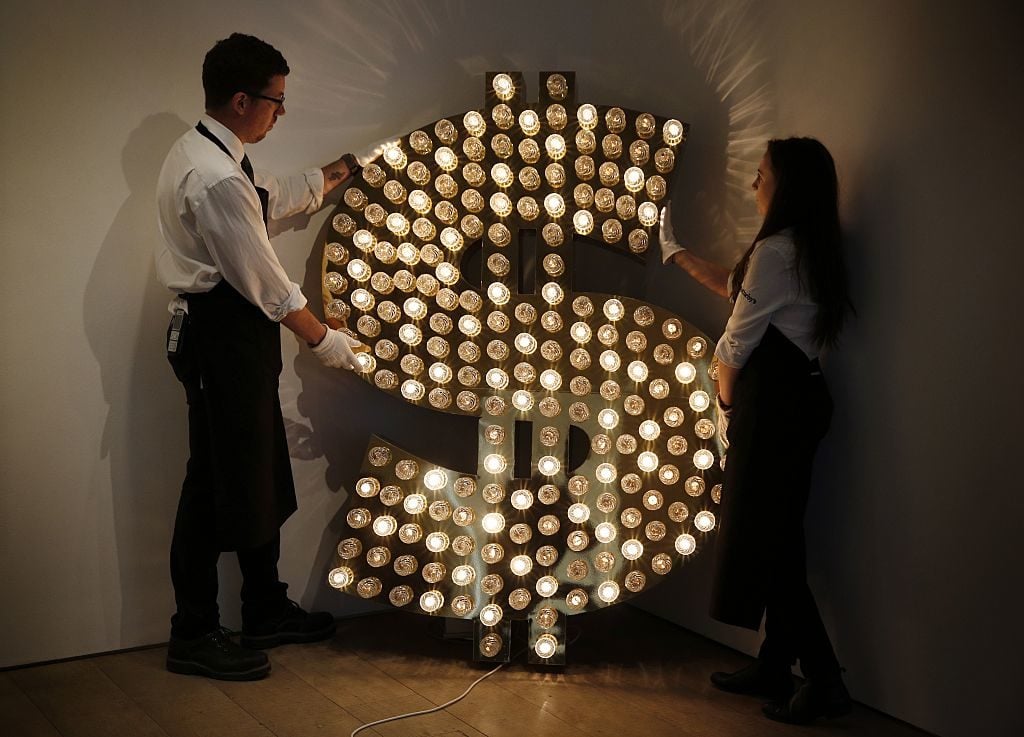
Sotheby’s employees pose with Tim Noble and Sue Webster’s $. Image courtesy Adrian Dennis//AFP/Getty Images.
Speaking of art investment: Finally this week, on Monday, Katya Kazakina and Heather Perlberg at Bloomberg reported rumblings that the Carlyle Group is seeking buyers for Athena Art Finance, one of the first boutique lenders to offer loans collateralized by artwork. Carlyle and Swiss wealth manager Pictet collaborated to launch Athena in 2015 with a $280 million capital infusion. An email to Athena’s clients stated that the firm supplied more than $170 million in financing before June 8.
While no one seemed to want to reply to their inquiries on the record, Team Bloomberg noted the following: “Carlyle co-CEOs Kewsong Lee and Glenn Youngkin have sought to allocate resources to businesses deemed most promising. They’ve retreated from investing in Chinese real estate and pushed for growth in areas such as credit and insurance.”
Since I didn’t have time to do any new reporting on the Carlyle situation, I decided to look back at my notes from TEFAF’s Art Dealer Finance report this spring. What I found certainly gelled with the prospect of Athena being something other than a prospect of major growth.
First and foremost, TEFAF estimated that the total size of the art-secured lending market landed between $17 billion and $20 billion in 2017. Which might sound like a lot in a vacuum. After all, it’s about one-third of the most popular estimate you’ll hear for the size of the entire art market last year. (Reminder: I still think that estimate, from Art Basel and UBS’s 2018 art market report, is about as trustworthy as a Golden Retriever left alone with a freshly baked Thanksgiving turkey, but let’s not get into that again.)
In comparison to other loan markets, though, the art-finance market is microscopic. For instance, Goldman Sachs estimated in December 2017 that student loans in the US alone had ballooned to a value of $1.3 trillion, or about 75 times larger than TEFAF’s low projection for all art-secured lending worldwide. According to MagnifyMoney, the size of the American mortgage market eclipsed both of those figures in 2017, reaching an estimated $9.9 trillion—a sum nearly 600 times larger than the low estimate of the art-finance pie.
So does that mean there’s huge room for growth in art finance, or that the category may be a permanent sideshow? Let’s consider another key conclusion from the TEFAF report: namely, that roughly 90 to 92 percent of art-secured lending went to private clients borrowing against their personal art collections, mostly to immediately reinvest the cash into assets that immediately start generating passive income, like stock and real estate.
Why does this matter? Because it gets to the same “niche market vs. mass market” dynamic that animates so much of the art industry.
I still haven’t been able to find a reliably rigorous estimate for the total number of commercially significant collectors worldwide, but the most plugged-in people I’ve talked to seem to think there are no more than 10,000 at most. Even if all of those wealthy art buyers decided to borrow against their collections, their ranks would still be nowhere near those of the estimated 44.2 million students with outstanding educational loans as of mid-2017, per personal finance startup Make Lemonade.
Now, there’s no doubt this is a somewhat reductive overview of art-secured finance. At the same time, the TEFAF report seems to sketch out a niche loan market whose tiny size is based less on its newness than on its inherent traits. And unless Carlyle has far more compelling evidence about Athena’s prospects, it sounds like the firm’s growth-focused execs should be looking to pull the ripcord.
That’s all for this week. ‘Til next time, remember the value of looking outside.